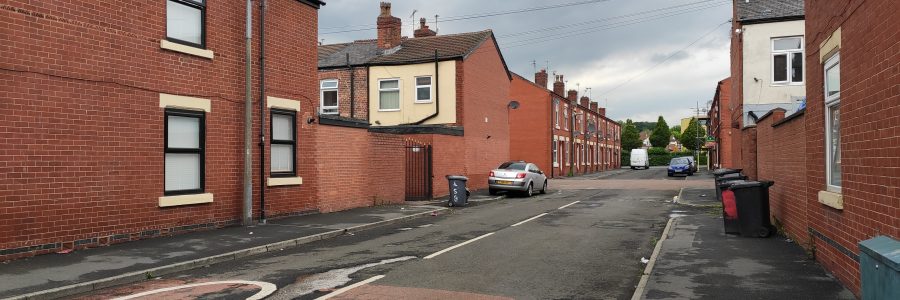Carbon emissions from homes account for more than 15% of the total greenhouse gases (GHG) emissions in Britain, according to a published assessment. The Energy Information Administration says that the U.S. residential sector accounts for 20 percent of their country’s carbon emissions. Therefore, energy-saving home improvements are mandatory tasks in most of the Climate-Change policy plans.
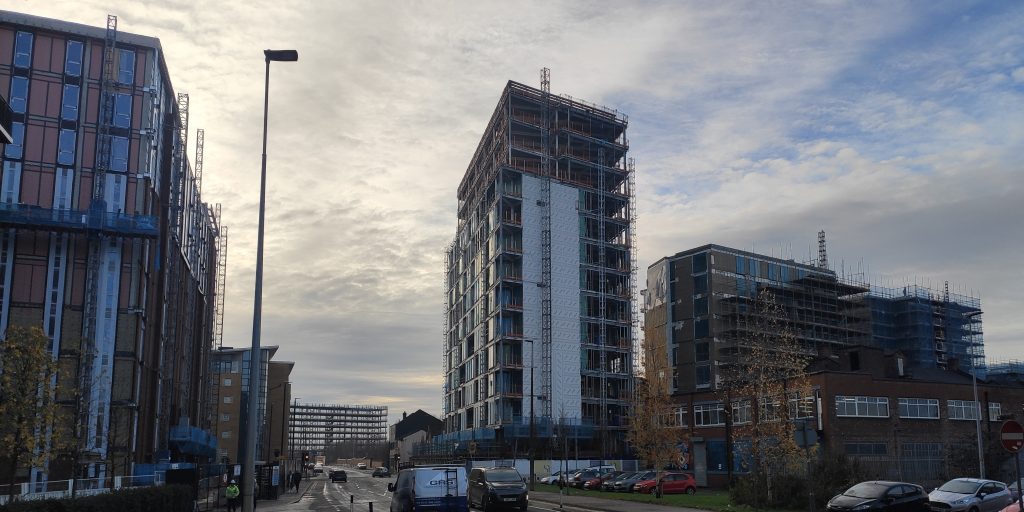
New buildings must follow many energy-efficiency requirements. Constructors must meet strict energy-saving measures. Consequently, the GHG emissions from homes declined in recent years.
This chart shows the yearly emissions from buildings in England, according to BIES (UK Government). The reduction in CO2 emissions is important, but still not enough to meet the “net-zero” goal. The emissions from buildings have been reduced in similar ways in most of the OECD countries.
However, whilst new homes may be very efficient, these usually make up a small proportion of the overall housing stock. Therefore, the major home energy-efficiency improvements must come from retrofitting existing buildings.
Experts have identified several urgent tasks: insulation in walls and windows, installing solar panels, as well as updating existing boilers and water-heating systems.
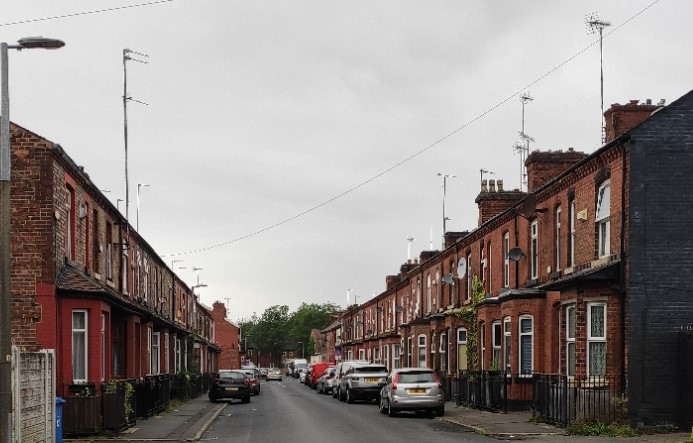
There are government grants for energy-saving home improvements in Europe, USA and many other regions and countries of the world. These grants, however, usually cover only a percentage of the improvement costs. They are usually addressed to specific target populations, or to specific types of buildings.
Grants for energy-saving home improvements in the United Kingdom
The British government implemented an ECO affordable warmth scheme. ECO is the main scheme for supporting energy efficiency improvements. ECO support includes insulation and some heating improvements in low income and vulnerable households.
According to the ECO support, you might be able to get help for energy-saving improvements to your home if you either:
- claim certain benefits and live in private housing
- live in social housing
You may get help with the cost of insulation work, for example to your loft or cavity walls, as well as replacing or repairing your boiler or other upgrades to your heating.
Unlike other schemes, ECO is not a government grant. It is an obligation placed on the largest energy suppliers to support households to install energy improvements.
Besides the ECO scheme, there are other local grants across the United Kingdom, supported by regional authorities.
R&D to support energy-saving home improvements
Scientists and Engineers have produced many constructions materials and practical building solutions which reduce the GHG emissions from homes. Moreover, in most countries, computer-based tools help people to conduct home improvements. These computer tools estimate the amount of energy and CO2 saved by changing the walls, the windows, etc.
A remarkable initiative is the “Energy House” project of the University of Salford, funded by the Regional Development Fund of the European Union.
A huge laboratory will contain typical houses. Scientists will measure and develop models of energy and CO2 exchanges under different controlled conditions.
The project will evaluate the actual contribution of some particular building solutions, such as reducing air leakiness from windows and doors, new windows materials, etc.
This project, in which ClimaRisk participated, is just one example. Many other funded research and initiatives in Europe, America and elsewhere aim to boost energy savings in buildings.
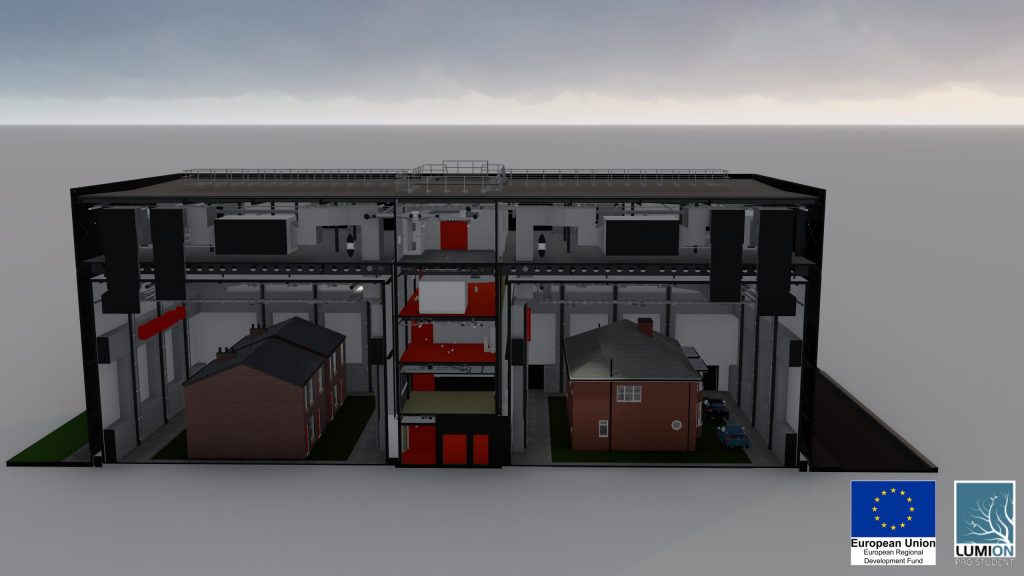
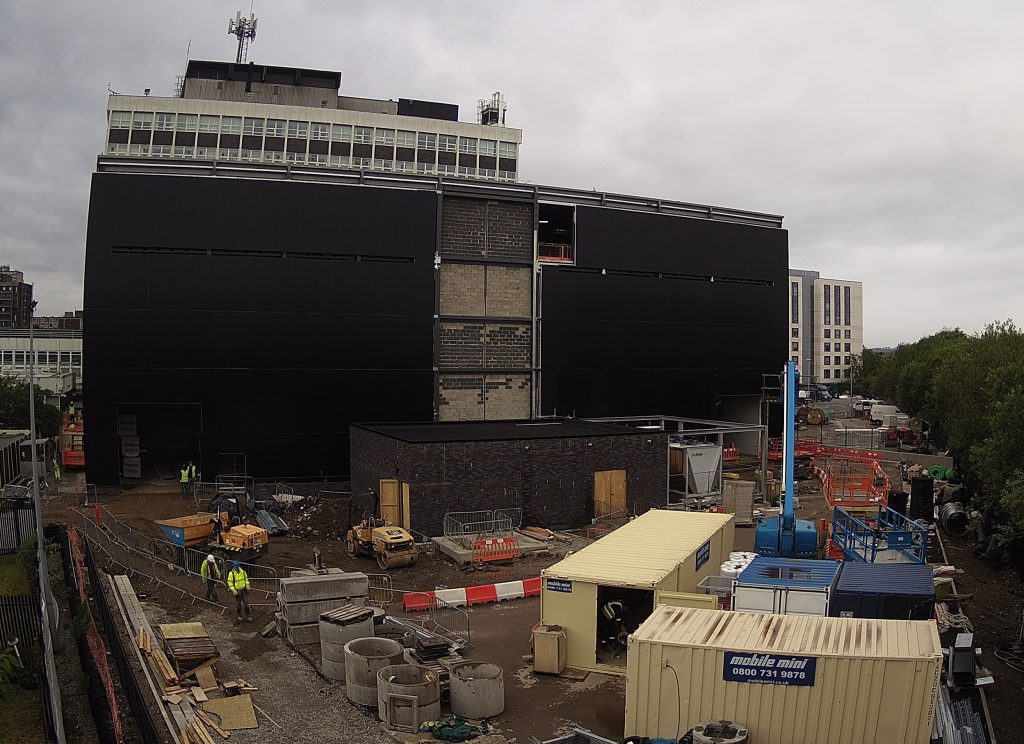
However, despite all these grants and investments, the success of the Climate-Change policies aimed to reduce emissions from homes depends strongly on the actual homeowner’s involvement. Only an effective publicity campaign could reach the target homeowners, encouraging them to conduct the required home improvements. The publicity campaign must be followed by a case-by-case analysis. Such analysis should promote the specific improvements each home could afford to conduct.

